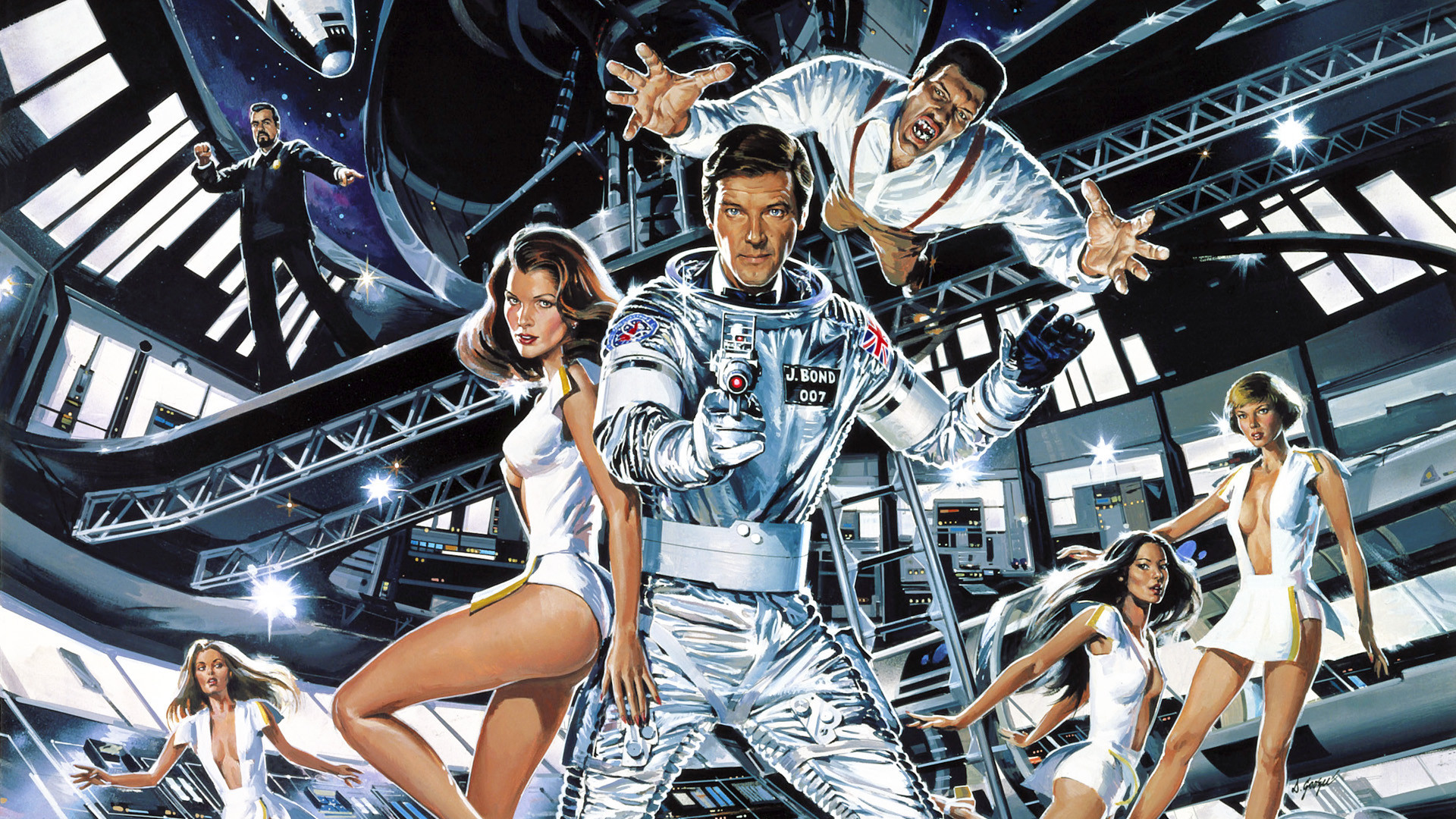The Imitation Game produces an engrossing setting in a chamber with Detective Nock questioning Alan Turing, where he defines the theories of gaming and AI. The detective is clearly bewildered by the mathematical brilliance of his respondent. Alan Turing is widely considered as the father of theoretical computer science and artificial intelligence today.
Turing seems to ostensibly denote the inadequacy of humanity about tolerating an individual’s right to freedom (a reference to his homosexuality) while harbouring a surprising curiosity in machine behaviour to quantify its emotions.
(Very well done Benedict Cumberbatch!)
Detective Nock: Can machines think?
Turing: Oh, so you’ve read some of my published works?
Detective Nock: What makes you say that?
Turing: Well, because I’m sitting in a police station, accused of entreating a young man to touch my p**** and you just asked me if machines can think.
Detective Nock: Well, can they?
Turing: Could machines ever think as human beings do? Most people say not.
Detective Nock: You’re not most people.
Turing: Well, the problem is you’re…asking a stupid question.
Detective Nock: I am?
Turing: Of course machines… can’t think as people do.
A machine is different… from a person. Hence, they think differently.
The interesting question is, just because something, uh,
thinks differently from you, does that mean it’s not thinking?
Well, we allow for humans to have such divergences from one another.
You like strawberries, I hate ice-skating,
you… cry at sad films, I… am allergic to pollen.
What is the point of-of different tastes, different… preferences
if not to say that our brains work differently, that we think differently?
And if we can say that about one another, then why can’t we say
the same thing for brains… built of copper and wire, steel?
And that’s…
Detective Nock: this big paper you wrote? What’s it called?
Turing: ”The Imitation Game.”
Detective Nock: Right, that’s…that’s what it’s about?
Turing: Would you like to play?
Detective Nock: Play?
Turing: It’s a game. A test of sorts.
For determining whether something is a…a machine or a human being.
Detective Nock: How do I play?
Turing: Well, there’s a judge and a subject, and…the judge asks questions,
and, depending on the subject’s answers, determines who he is talking with…
what he is talking with, and, um…
All you have to do is ask me a question.
Detective Nock: What did you do during the war?
Turing: I worked in a radio factory.
Detective Nock: What did you really do during the war?
Turing: (laughs softly) Are you paying attention?

